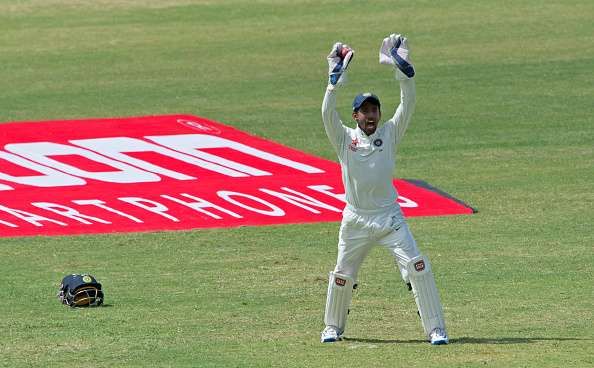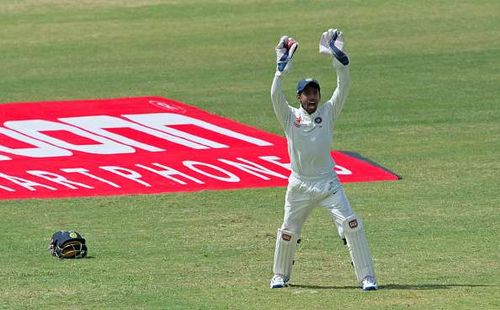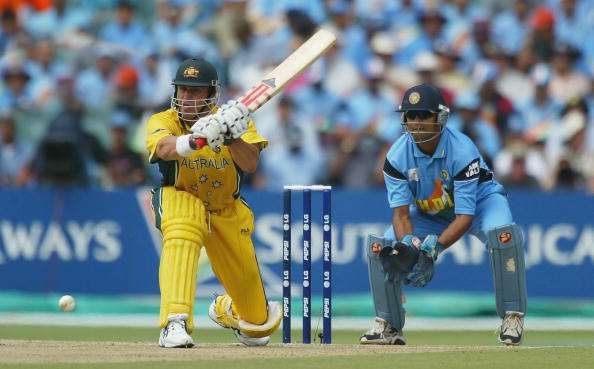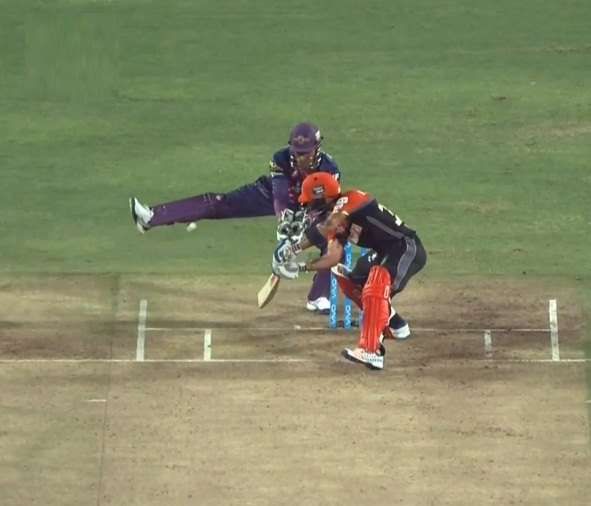
Wicket-keepers who can bat: An important but endangered species

Whenever anyone talks about Cricket, batting, bowling and fielding are the areas that are discussed. Wicket-keeping is seldom discussed. But like everything else in the game, wicket-keeping also requires a certain level of skill. It is an art in itself.
Earlier, it was believed that like bowlers and batsmen, wicketkeepers too were born and you could not just tell any person to don the big gloves because he would not be able to the job as well as a regular keeper would.
A non-regular or a makeshift wicket-keeper would not have the anticipation about how high and where the ball is going to come from the fielder or the bowler. He would not have the instinct about when to take the gloves off. Let’s face it, a makeshift wicket-keeper will always be slower than a regular wicket-keeper.
But as shorter formats of Cricket were devised and ODIs and Twenty20s became the ‘in’ thing, teams- international and domestic, chose to forget this notion when it came to selecting a wicket-keeper in the squad for any series. They looked for good batsmen who could be made wicket-keepers, instead of looking for wicket-keepers who could bat.
This tactic has been used by teams in the IPL for quite a while now.
Over the last five to six editions of the IPL, the trend of fielding makeshift wicket-keepers has been on the rise. Robin Uthappa kept wickets for the now defunct Pune Warriors India from 2011-13 and continues to do so for Kolkata Knight Riders.
Mumbai Indians used Ambati Rayudu as their gloveman in the 2014 and 2015 seasons.
In IPL 2016, Royal Challengers Bangalore used Kedar Jadhav and KL Rahul as wicket-keepers. They have also used AB de Villiers as a wicket-keeper. Sanju Samson had donned the big gloves for Rajasthan Royals and this season, Delhi had fielded four wicket-keepers in a few of their matches, out of which at least two- Samson and Rishabh Pant were not regular ‘keepers.

International cricket too has seen teams fielding stand-in wicket-keepers.
Rahul Dravid, one of India’s best batsmen and an excellent slip fielder, has kept wickets for the national side. Even though he was not exactly ‘the wall’ while behind the stumps, Dravid more than made up for it with his batting skills.
Since Kumar Sangakkara’s retirement, Dinesh Chandimal has donned the big gloves for Sri Lanka in Tests and ODIs. They had also tried Tillakaratne Dilshan for that role but did not persist with him.
England too have tried Jonny Bairstow and he has now become their preference for tests after the retirement of Matt Prior.
South Africa made de Villiers in charge of keeping wickets post the retirement of Mark Boucher in 2012 until Quinton de Kock cemented his place in the national side.
